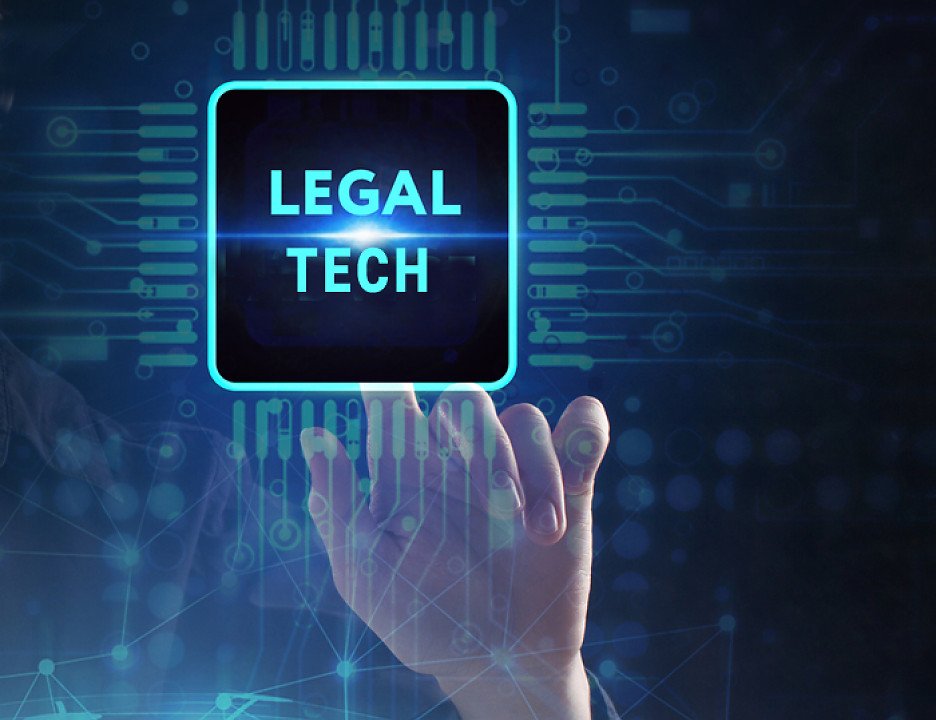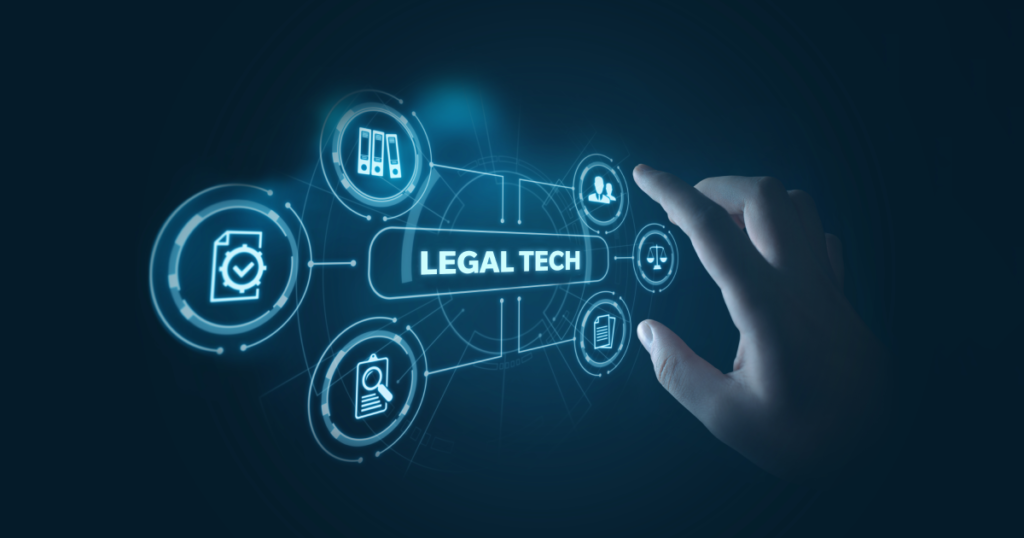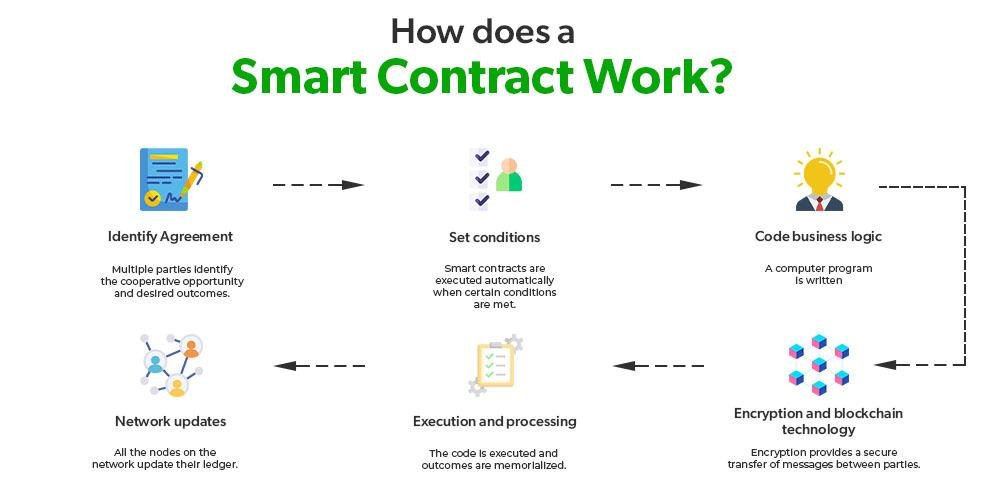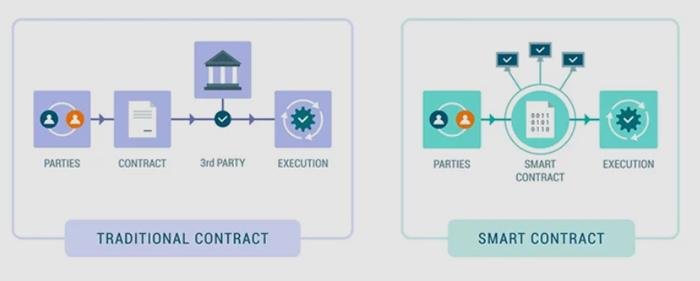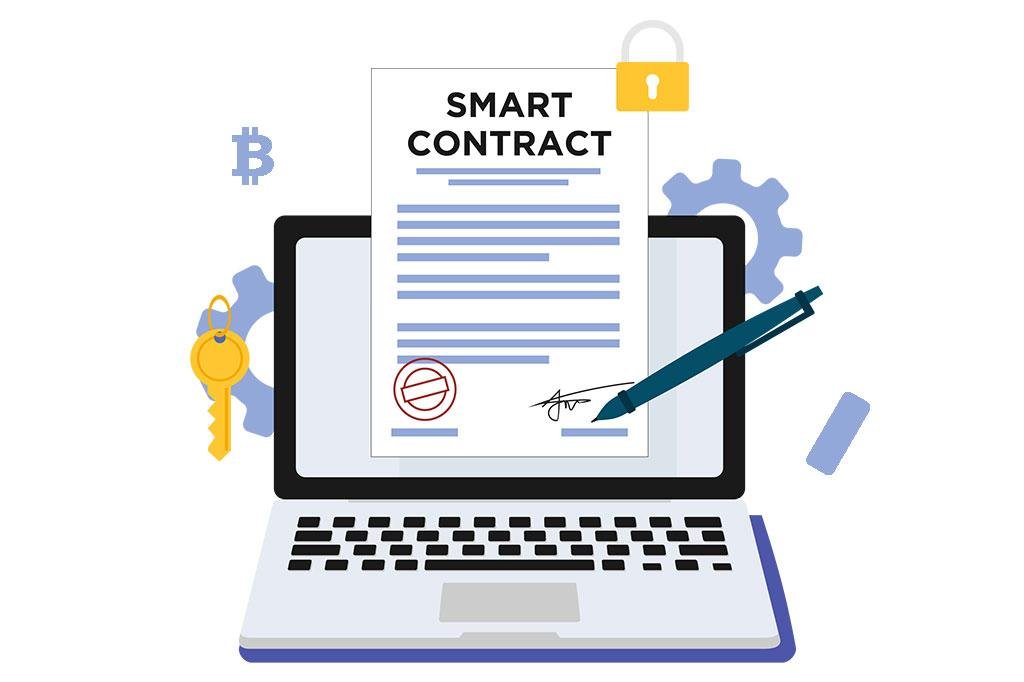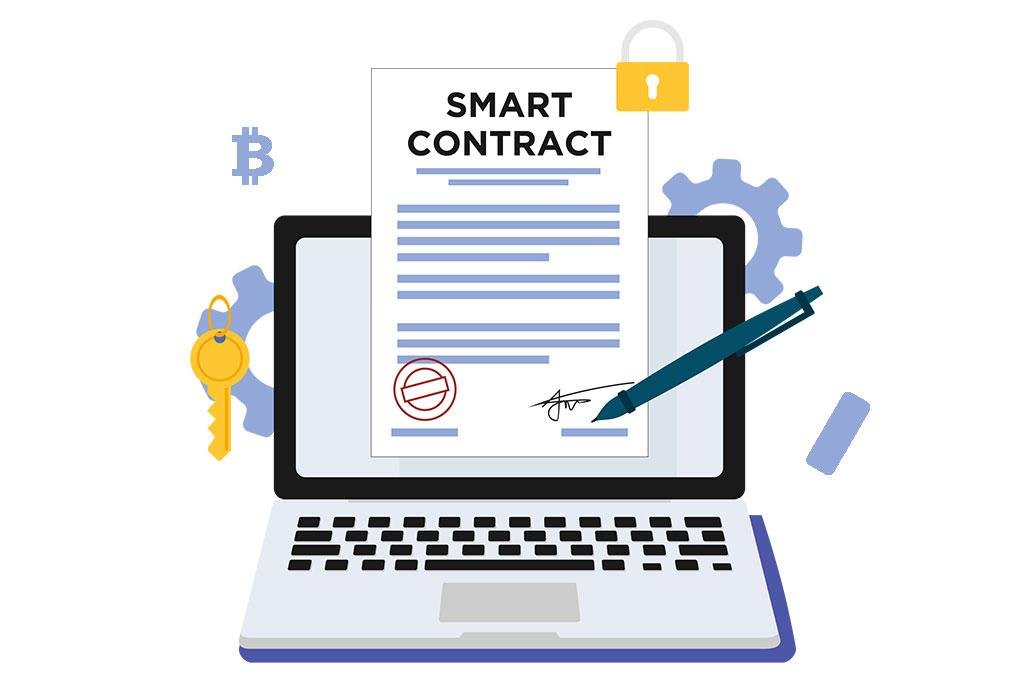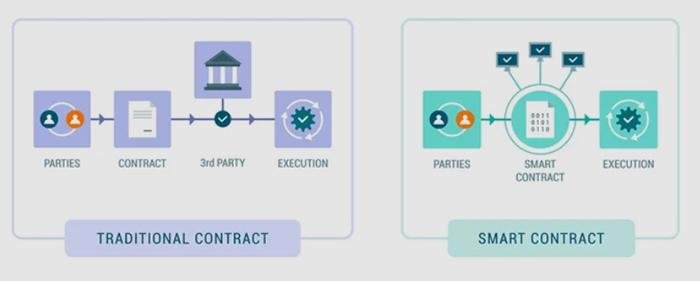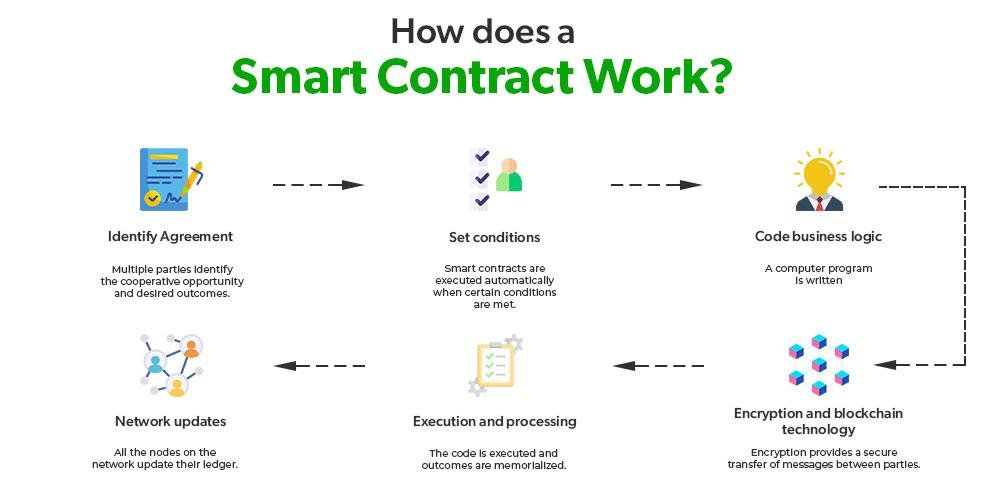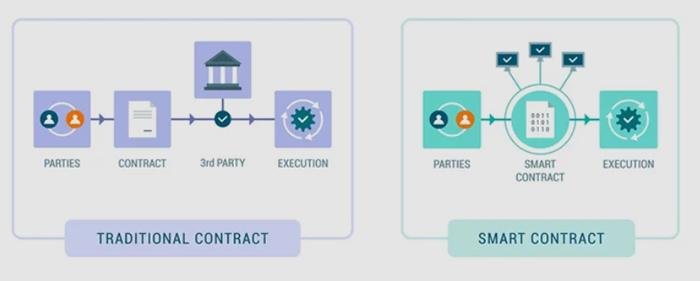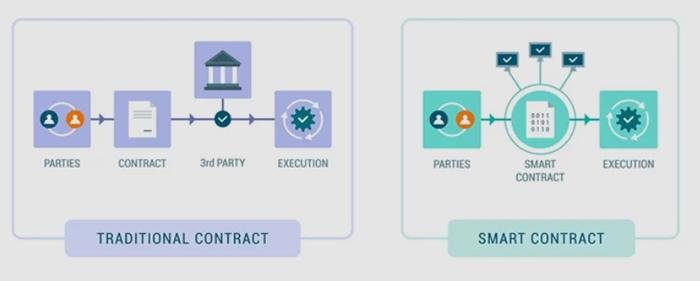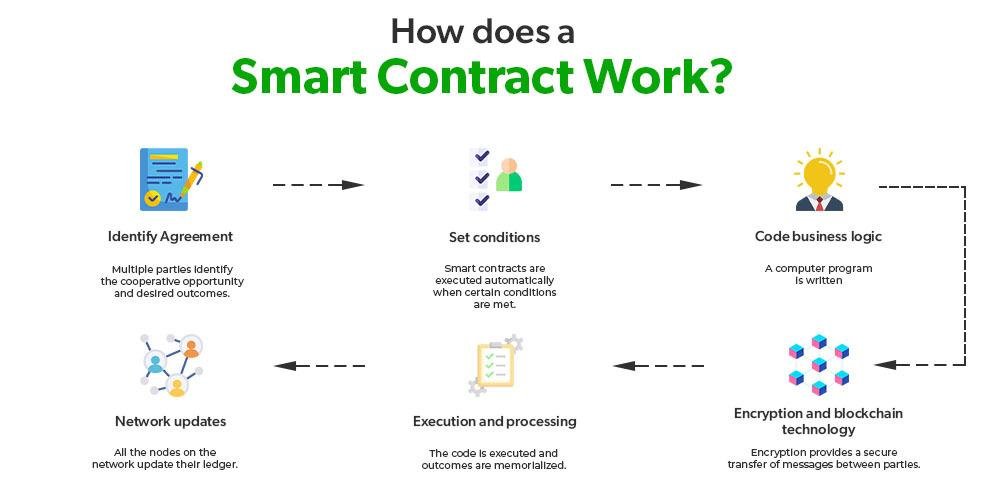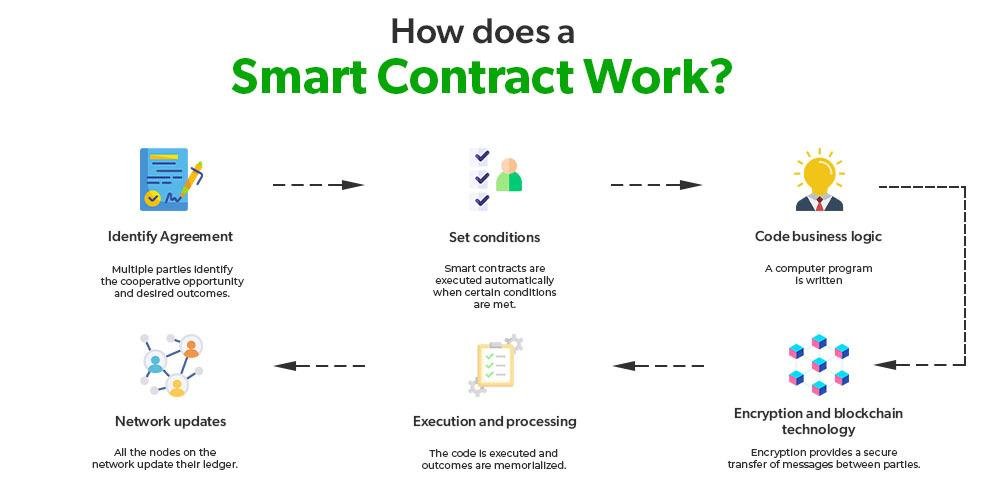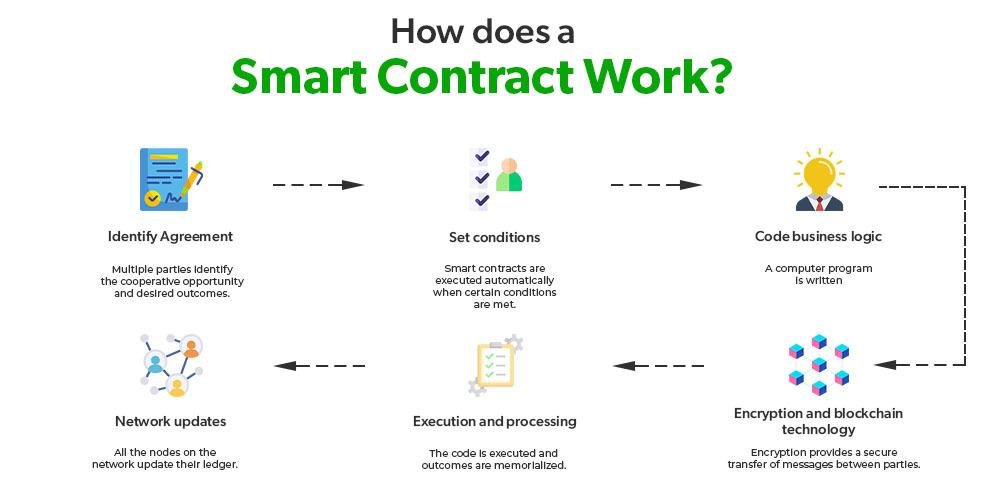The Role of Technology in Global E-Discovery Trends

Table of Contents
- Introduction
- Impact of Artificial Intelligence on E-Discovery Processes
- Cloud Computing and Its Influence on Data Management
- The Rise of Automation in E-Discovery Workflows
- Cybersecurity Challenges in Global E-Discovery
- The Role of Data Analytics in E-Discovery Efficiency
- Emerging Technologies Shaping the Future of E-Discovery
- Conclusion
Introduction
Technology is greatly influencing e-discovery trends around the world as organizations handle complex data management and legal requirements in our digital age. E-discovery is the process of locating, collecting, and reviewing electronic information for legal cases. Recent advancements in technology have significantly changed how this process works.
With businesses producing vast amounts of data and facing strict rules, there’s a need for better tools and methods. Technologies like artificial intelligence (AI), machine learning, and cloud computing are enhancing traditional e-discovery practices, making them quicker, more accurate, and easier to scale.
Impact of Artificial Intelligence on E-Discovery Processes
The integration of artificial intelligence (AI) into e-discovery processes is changing how legal professionals manage data. As organizations create huge amounts of digital information, traditional e-discovery methods often can’t keep up. Here’s how AI is making a difference:
- Rapid Data Processing
- Efficiency: AI can quickly analyze large sets of data, finding relevant information much faster than human reviewers.
- Cost Reduction: This speed cuts down on costs linked to manual reviews, allowing legal teams to focus more on strategy.
- Enhanced Accuracy
- Minimizing Human Error: AI tools use algorithms to evaluate data objectively, reducing mistakes and inconsistencies found in traditional methods.
- Critical Evidence: This accuracy is vital in high-stakes cases, where missing important evidence can have serious consequences.
- Predictive Coding
- Learning Algorithms: AI can be trained to recognize relevant documents based on a sample set.
- Continuous Improvement: The system learns from human decisions, getting better at identifying important information over time, which means less need for manual review.
- Learning Algorithms: AI can be trained to recognize relevant documents based on a sample set.
- Collaboration Enhancement
- Data-Driven Insights: AI tools provide analytics that help legal team members discuss case strategies and evidence more effectively.
- Holistic Approach: This encourages teamwork and innovation, as attorneys can use insights to make better strategic decisions.
- Data-Driven Insights: AI tools provide analytics that help legal team members discuss case strategies and evidence more effectively.
- Compliance Support
- Regulatory Alignment: AI automates the identification and classification of sensitive information, helping organizations follow data protection laws.
- Risk Mitigation: This proactive approach reduces the risk of costly penalties and builds trust with clients regarding ethical practices.
- Future of E-Discovery
- Ongoing Advancements: As AI technology continues to improve, its role in e-discovery will likely become even more advanced.
- Streamlined Legal Management: This will lead to better data management and enable organizations to tackle legal challenges more confidently.
Cloud Computing and Its Influence on Data Management
Cloud computing has transformed how organizations manage data, especially in the context of e-discovery. As businesses increasingly rely on digital platforms for storing and handling vast amounts of information, the impact of cloud technology on e-discovery processes is significant. Here’s an overview of how cloud computing is influencing data management:
Scalable Storage Solutions:
- Capacity: Cloud computing allows organizations to store large volumes of data without the limitations of physical servers.
- E-Discovery Benefits: In e-discovery, where the amount of electronically stored information (ESI) can be immense, cloud services enable easy expansion of storage to meet growing data needs.
Enhanced Accessibility:
- Global Access: Legal teams can access important data from anywhere in the world, which is crucial in fast-paced legal environments.
- Real-Time Collaboration: Cloud technology supports real-time sharing of insights and strategies among legal professionals, speeding up the e-discovery process and leading to more informed decisions.
Advanced Data Management Tools:
- Automation: Many cloud service providers offer analytics and AI capabilities to automate the identification and categorization of relevant documents.
- Efficiency: These tools help sift through large datasets, flagging important information and reducing the time spent on manual reviews. Legal teams can focus on strategy instead of getting bogged down in document analysis.
Security Challenges:
- Data Protection: Organizations must ensure that their cloud providers use strong security measures to protect sensitive legal data from breaches and unauthorized access.
- Encryption and Compliance: The need for robust security has led to the development of advanced encryption technologies and compliance frameworks, crucial for maintaining data integrity during e-discovery.
Jurisdictional Complexities:
- Global Data Storage: Cloud data can be stored in multiple countries, each with different laws regarding data privacy and protection.
- Legal Compliance: Legal teams must understand international regulations to ensure compliance during e-discovery, highlighting the need for knowledge of both technology and legal frameworks.
You May Also Like: How Data Privacy Regulations Are Shaping E-Discovery
The Rise of Automation in E-Discovery Workflows

The field of e-discovery is undergoing a significant transformation due to advancements in technology. As organizations face an ever-increasing volume of data, automation has become a crucial trend in e-discovery workflows. This shift enhances efficiency and simplifies the management of large amounts of information, allowing legal teams to streamline their operations, reduce costs, and improve accuracy.
Key Points
Handling Large Volumes of Data:
- Traditional Challenges: Data collection and processing used to require extensive manual effort, often leading to delays and human errors.
- Automation Advantage: Modern software solutions allow organizations to automate the identification, collection, and processing of relevant data, accelerating e-discovery timelines.
Improved Review Processes:
- Machine Learning and AI: Automation utilizes advanced technologies to help legal teams review documents more effectively.
- Predictive Coding: Automated systems can prioritize documents based on relevance, reducing the number of items needing manual review and enhancing overall quality.
Enhanced Collaboration:
- Cloud-Based Platforms: These platforms facilitate real-time sharing of information and documents among team members, regardless of location.
- Teamwork Improvement: A collaborative environment ensures all stakeholders have access to the latest information, which is particularly beneficial in complex cases.
Data Security and Compliance:
- Increased Scrutiny: Organizations face growing concerns regarding data privacy and protection.
- Proactive Measures: Automated workflows can include robust security protocols, helping mitigate risks of data breaches and ensuring compliance with regulations.
Future Potential:
- Emerging Technologies: Innovations like natural language processing and advanced analytics will further enhance automated systems, leading to even more sophisticated data analysis.
- Competitive Edge: As these tools become more accessible, organizations will adopt them to remain competitive in a complex legal environment.
Cybersecurity Challenges in Global E-Discovery
As global e-discovery evolves, the interplay between technology and cybersecurity presents numerous challenges for organizations. With the increasing reliance on digital data for legal proceedings, robust cybersecurity measures are crucial. The vast amount of data generated daily and the complexities of international regulations create vulnerabilities that organizations must address proactively.
Key Points
Data Protection During Collection and Processing:
- Risks of Data Breaches: Gathering electronic evidence from various sources (emails, cloud storage, social media) heightens the risk of breaches.
- Need for Security Protocols: Organizations must implement strict security measures, such as encryption, to protect data during transmission and storage.
Compliance with Data Privacy Laws:
- Varied Regulations: Different jurisdictions have unique laws governing personal information handling (e.g., GDPR in Europe, CCPA in the U.S.).
- Cross-Border Challenges: Companies must navigate these legal complexities to avoid penalties, requiring expertise in both local and international laws.
Maintaining Data Integrity:
- Risks of Tampering or Loss: Any data alterations can undermine the credibility of evidence in legal cases.
- Blockchain Technology: Organizations are increasingly using blockchain for a decentralized, immutable record of data changes, ensuring authenticity and accountability.
Impact of Remote Work and Collaboration Tools:
- New Vulnerabilities: Remote work can expose organizations to risks from unsecured networks and personal devices.
- Employee Training: Investing in cybersecurity training for staff is essential to foster awareness and reduce the likelihood of breaches.
Adopting a Multifaceted Approach:
- Combining Security Measures: Organizations must integrate advanced security protocols, ensure regulatory compliance, and provide employee training.
- Enhancing E-Discovery Efficiency: A comprehensive cybersecurity strategy not only protects data but also improves the overall e-discovery process and legal outcomes.
The Role of Data Analytics in E-Discovery Efficiency
In the fast-changing world of e-discovery, data analytics has become essential for improving efficiency and effectiveness. As organizations face an explosion of data, advanced analytical tools are transforming traditional e-discovery methods. This allows legal teams to manage vast amounts of information more effectively, reducing costs and improving the quality of their findings.
Key Points
Challenges of Data Volume:
- Exponential Data Growth: Daily data generation from emails, documents, and social media creates a massive challenge for e-discovery.
- Manual Review Limitations: Sifting through this data manually is time-consuming and prone to errors.
Data Analytics as a Solution:
- Quick Identification of Relevant Documents: Using algorithms and machine learning, legal teams can swiftly categorize and prioritize documents for review.
- Focus on Key Information: This approach allows attorneys to concentrate on the most critical data, increasing the chances of finding vital evidence.
Predictive Coding:
- Revolutionizing Document Review: Predictive coding uses historical data to train algorithms to identify likely relevant documents.
- Time and Cost Savings: By reducing the number of documents needing manual review, this technology allows legal teams to allocate resources more effectively.
Improving Accuracy:
- Beyond Keyword Searches: Traditional keyword searches often lead to false positives or negatives. Data analytics provides a more nuanced approach.
- Understanding Context: Techniques like concept searching and sentiment analysis help uncover relationships and themes within the data, aiding in case strategy development.
Data Visualization:
- Intuitive Representation: Data visualization tools convert complex data into easy-to-understand visuals.
- Enhanced Communication: These visuals improve teamwork and presentations, making it simpler to convey findings and strategic recommendations.
Future of E-Discovery:
- Necessity of Technology: As the legal landscape evolves, effective data management and analysis are crucial.
- Improved Outcomes: Embracing data analytics not only boosts operational efficiency but also enhances the ability to achieve favorable legal results.
Emerging Technologies Shaping the Future of E-Discovery
The landscape of e-discovery is rapidly changing, driven by emerging technologies that enhance how legal professionals manage and analyze large volumes of data. As organizations generate more electronic data than ever, innovative solutions are needed to streamline e-discovery processes. Key technologies such as artificial intelligence (AI), cloud computing, advanced analytics, data visualization, and blockchain are at the forefront of this transformation.
Key Points
Artificial Intelligence (AI) and Machine Learning:
- Speed and Accuracy: AI enables legal teams to quickly sift through large datasets, identifying relevant documents and patterns that are hard to find manually.
- Automation of Data Review: By automating initial data review stages, AI enhances efficiency and reduces human error, improving the quality of e-discovery.
Cloud Computing:
- Real-Time Collaboration: Cloud-based e-discovery solutions allow legal teams to work together from different locations, facilitating faster responses to discovery requests.
- Secure Data Sharing: Cloud technology supports secure sharing of sensitive information, maintaining client confidentiality and compliance with data protection laws.
Advanced Analytics Tools:
- Complex Data Analysis: These tools enable legal teams to conduct in-depth analyses, uncovering insights that inform case strategies.
- Predictive Coding: A type of machine learning that helps attorneys train algorithms to identify relevant documents, speeding up the review process and enhancing accuracy.
Data Visualization:
- Intuitive Graphics: Data visualization tools turn complex datasets into easy-to-understand visuals, helping legal professionals spot trends and relationships.
- Enhanced Communication: Clear visual presentations are valuable during trial preparation, aiding in effective storytelling for juries and judges.
Blockchain Technology:
- Secure and Immutable Ledger: Blockchain enhances evidence integrity and streamlines the verification process, particularly for digital assets and intellectual property cases.
- Growing Familiarity: As legal professionals learn more about blockchain, its applications in e-discovery are expected to expand.
Conclusion
The role of technology in global e-discovery trends is pivotal, as it enhances efficiency, accuracy, and scalability in managing vast amounts of electronic data. Advanced tools such as artificial intelligence, machine learning, and data analytics streamline the identification, collection, and review processes, enabling legal teams to handle complex cases more effectively. Additionally, technology facilitates compliance with varying international regulations and standards, promoting a more cohesive approach to e-discovery across jurisdictions. As the volume of digital information continues to grow, the integration of innovative technologies will remain essential in shaping the future of e-discovery, driving improvements in speed, cost-effectiveness, and overall legal outcomes.


































































